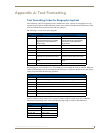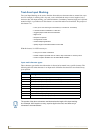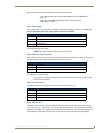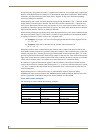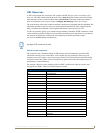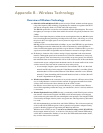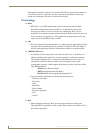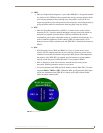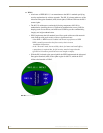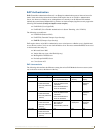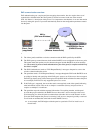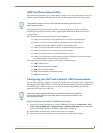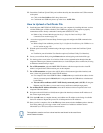
Appendix B - Wireless Technology
170
MVP-8400i Modero Viewpoint Wireless Touch Panels
Although the calculations required to encrypt data with WEP can impact the performance of
your wireless network, it's generally seen only when running benchmarks, and not large
enough to be noticeable in the course of normal network usage.
Terminology
802.1x
IEEE 802.1x is an IEEE standard that is built on the Internet standard EAP
(Extensible Authentication Protocol). 802.1x is a standard for passing EAP
messages over either a wired or wireless LAN. Additionally, 802.1x is also
responsible for communicating the method with which WAPs and wireless users can
share and change encryption keys. This continuous key change helps resolve any
major security vulnerabilities native to WEP.
AES
Short for Advanced Encryption Standard, is a cipher currently approved by the NSA
to protect US Government documents classified as Top Secret. The AES cipher is
the first cipher protecting Top Secret information available to the general public.
CERTIFICATES (CA)
A certificate can have many forms, but at the most basic level, a certificate is an
identity combined with a public key, and then signed by a certification authority.
The certificate authority (CA) is a trusted external third party which "signs" or
validates the certificate. When a certificate has been signed, it gains some
cryptographic properties. AMX supports the following security certificates within
three different formats:
- PEM (Privacy Enhanced Mail)
- DER (Distinguished Encoding Rules)
- PKCS12 (Public Key Cryptography Standard #12)
Typical certificate information can include the following items:
- Certificate Issue Date
- Extensions
- Issuer
- Public Key
- Serial Number
- Signature Algorithm
- User
- Version
MIC
Short for Message Integrity Check, prevents forged packets from being sent.
Through WEP it was possible to alter a packet whose content was known even if it
had not been decrypted.




